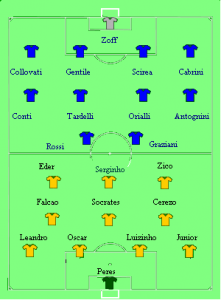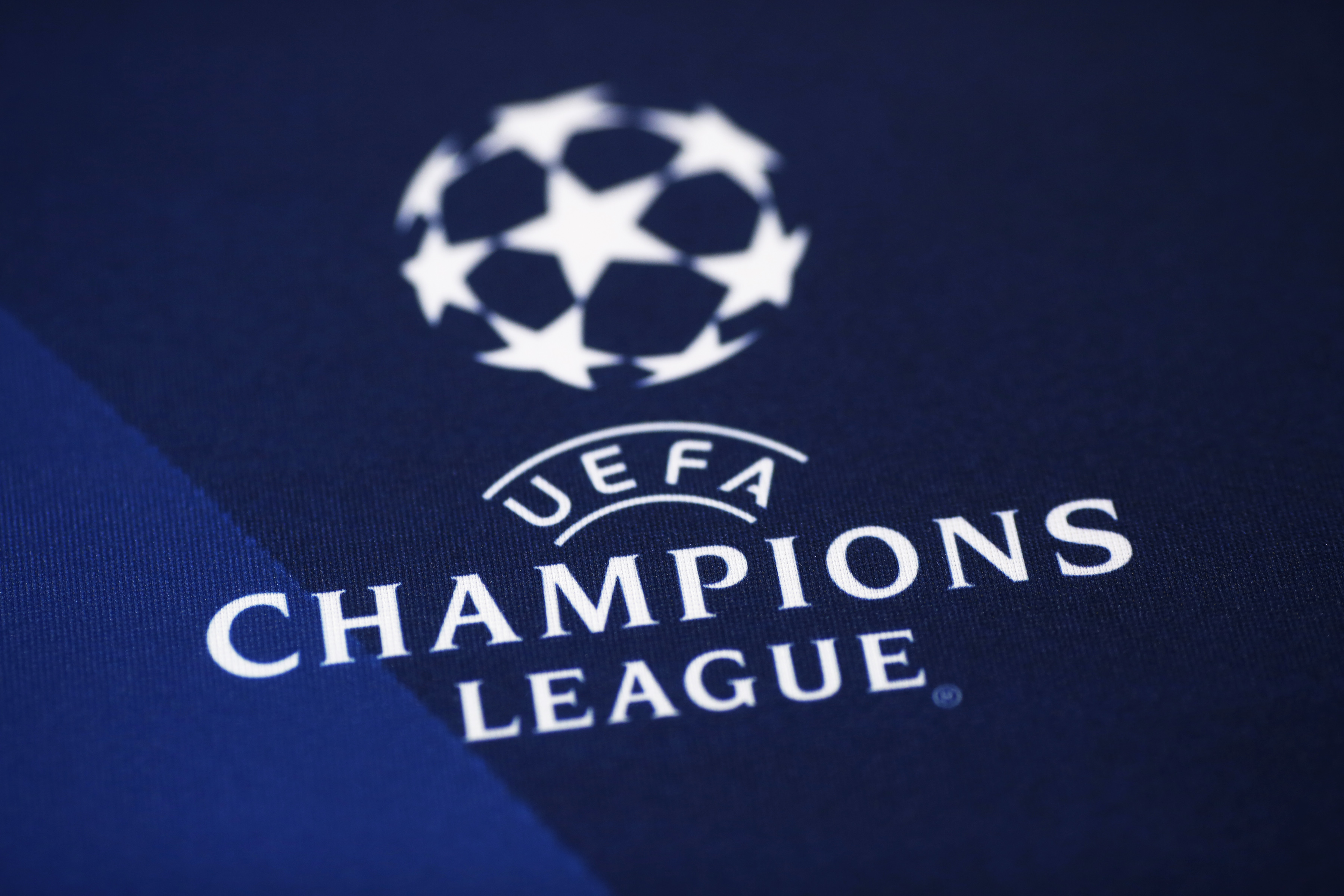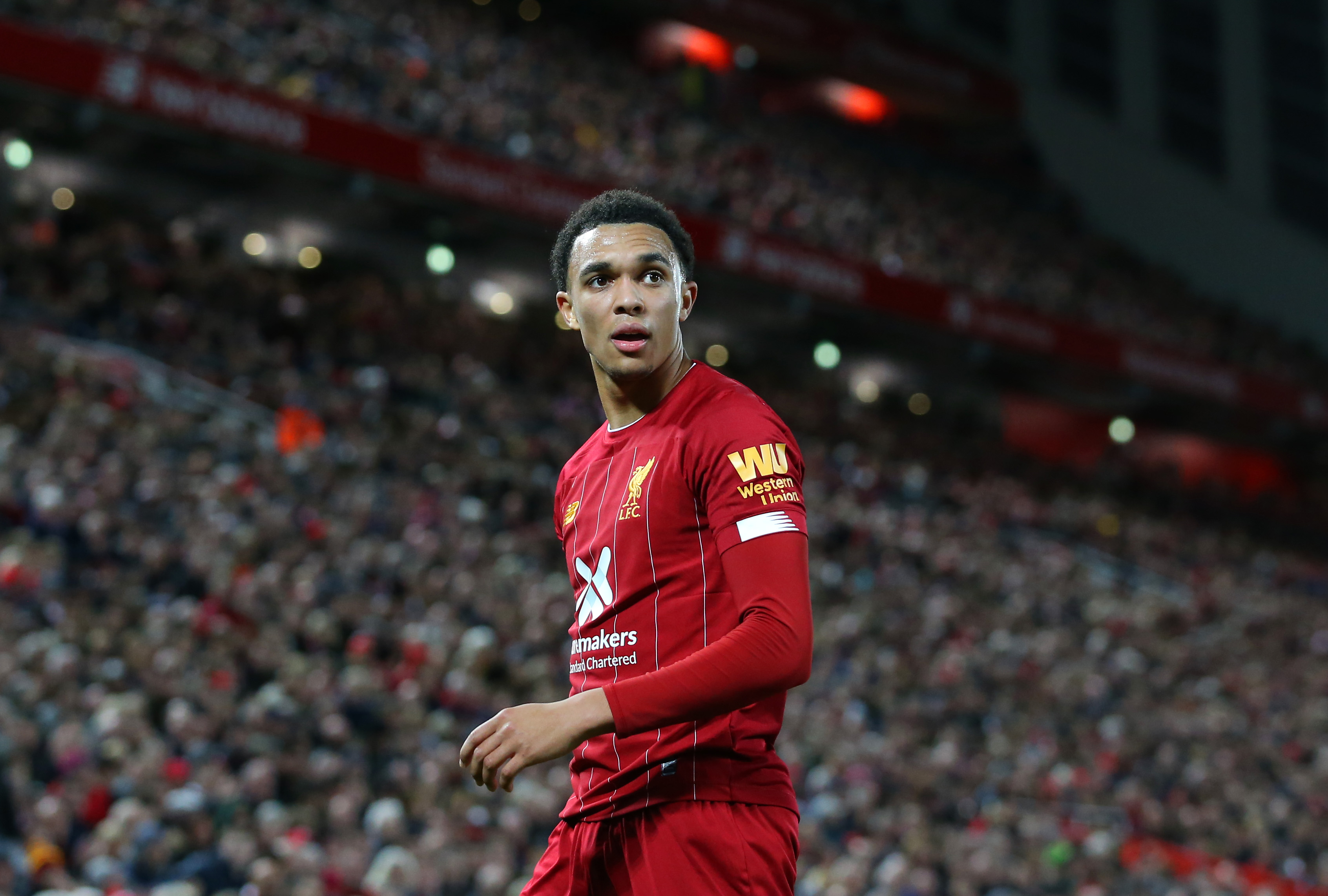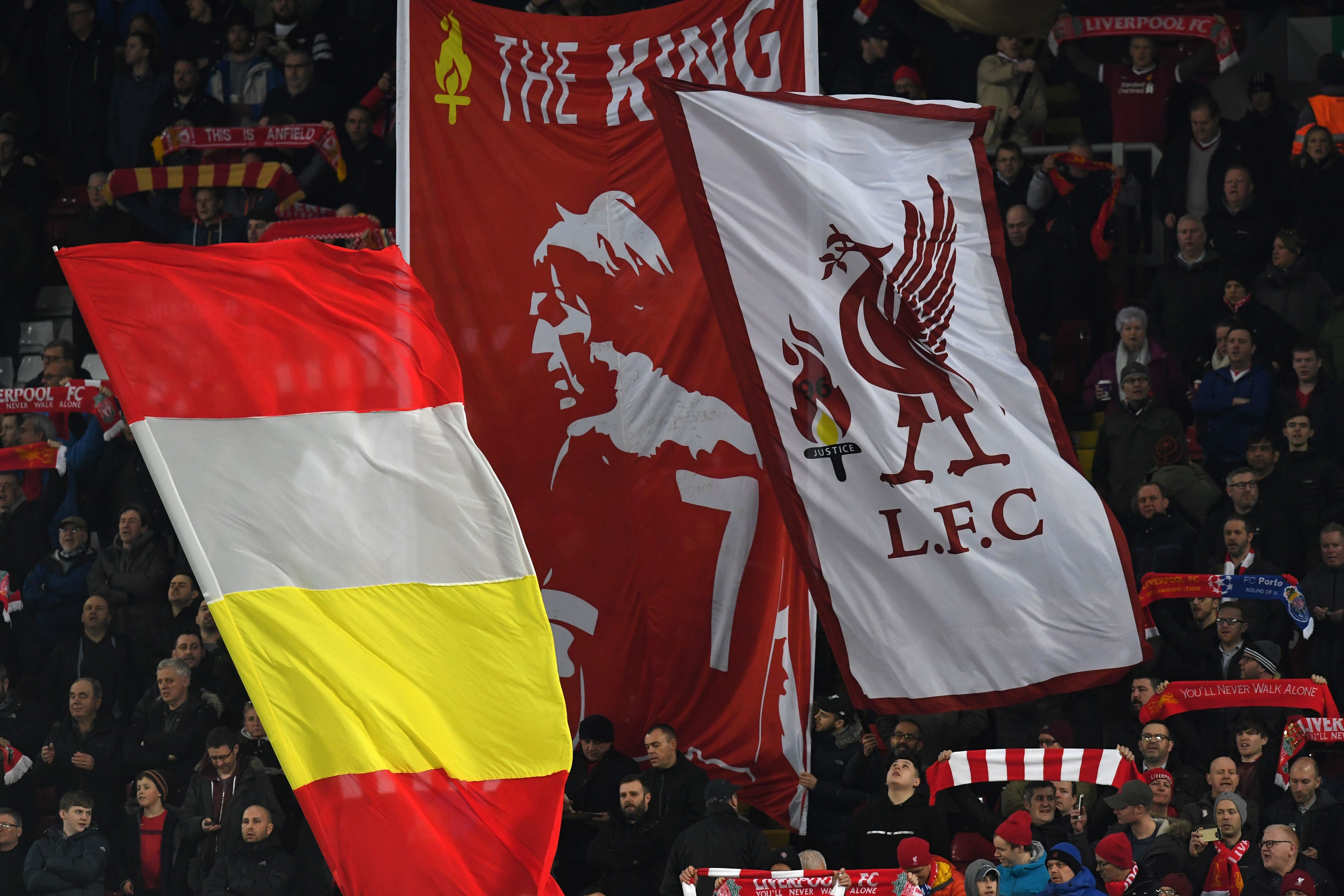Continued from Part-1
Football had changed in the eighties, and become more and more negative with the advent of football tactics that involved pressing, in addition to allowing minimal space to opponent players.
The rise of defensive Brazil:
The 1990 World Cup is often derided as the worst World Cup ever. It was held in Italy – the land of defensive football. The tournament, staying true to its host nation, was a cagey and defensive affair throughout. This was the era of Maradona, but even Diego’s team was highly negative and scraped through their fixtures. Bored with the drabness of the games, the world turned to Brazil to inject some much-needed life into the tournament. Under Sebastiao Lazaroni, they had just won the Copa America in 1989; they possessed talented strikers like Careca and Romario in their ranks. However, the worldwide audience would be disappointed with this new Brazil. – they were no different than the other teams. They also tried to keep things tight at the back, and the directness of their play was non-existent. The men in yellow jerseys no longer looked like magicians.
An unremarkable Brazil faced their bitter rivals Argentina in the round of 16. None of the two teams impressed the spectators, and it never looked like a match-up between two of the most skilled football nations. Brazil enjoyed a majority of the possession, but couldn’t make it count. In a very cagey match, Maradona set up Cannigia’s winner after a moment of brilliance.
The most curious thing in this tournament with Brazil’s approach was the use of Dunga, a pure destroyer in midfield. Brazil was finally looking to adapt. Germany had Lothar Matthaus; Argentina had (the criminally underrated) Ricardo Giusti. Since the 1970 world cup, the Selecao has been stopped by physical opponents, who were content to stifle the free-flow of Brazilian attacks; now they had an answer, with a hard-man of their own.
With Dunga in the middle of the park, Brazil had more options. He would keep the opponent midfielders busy, while Brazil’s strikers would exploit the resulting spaces in the field to showcase their skills.
This was exactly the plan in the 1994 World Cup. Carlos Perriera had not built a brilliant side, but an efficient side with a genius striker upfront. Dunga had matured in Serie A in these four years, and was now one of the best defensive midfielders in the world. He was partnered by another hard man in midfield, named Mauro Silva. These two formed an impenetrable defensive shield that saw Brazil let-in just three goals in seven games, on their way to the title; their first in 24 years. This was not a Brazil team which went on attack incessantly, but a counter-attacking team that relied heavily on Romario. The problem plaguing the Brazilian team in the 80’s was addressed well, and their goalkeeping dilemma was solved with the arrival of Claudio Taffarel.
 Mauro Silva & Dunga double team up on Roberto Baggio
Mauro Silva & Dunga double team up on Roberto Baggio
The problem was, people were still romanticizing with the old “Brazil”; the pragmatic new approach went largely unmentioned. The general public chose to remember Romario and Bebeto, ignoring the contributions of Dunga and Silva; the new Brazilian approach was not a passing fad. Zagallo, who coached the class of 1970, didn’t revert to the old approach in 1998, employing Dunga and Cesar Sampaio in the center. However, Zagallo was a practitioner of the old Brazil approach. So, it was clear that he was not tactically comfortable with two defensive midfielders. An unexpectedly wobbly Brazil lost to Norway in the group stages, and barely got past a bright Denmark side in the quarter-finals. Holland battered them for 120 minutes in the semi-final, but Taffarel’s heroics saved the day. Brazil’s main player was Ronaldo, and the marksman’s form was crucial for them. But Ronaldo’s mysterious illness in the final paved the way for a 3-0 demolition by a Zizou-inspired French side.
Brazil in the noughties – still defensive, but better players:
Four years later, the new coach Scolari was universally lambasted after a poor qualifying campaign. Scolari encouraged the Brazilian players to go for hard tackles and play negatively when required. Like his predecessors, he rolled out a two-man defensive screen comprising of Kleberson and Gilberto Silva. But this team was helped by the unstoppable form of the three Rs – Ronaldo, Rivaldo and Ronaldinho; like in 1994, the defensive pair did an admirable job in clearing up the midfield for the attackers. This World Cup also saw Brazil indulging in time-wasting in their own unique way. Denilson, a player with superb dribbling skills, was brought on towards the end of games.
In the 2006 world cup, Brazil was no different. This time the flair players like Ronaldinho and Kaka struggled, which brought out Brazil’s skeleton from their cupboard. A largely ordinary side never failed to get into the second gear, and were knocked out by France. Brazil flattered to deceive despite being pre-world cup favourites.
Come 2010, and Dunga, an architect of the 1994 win, was appointed as the coach. Unsurprisingly, he built a Brazil team which relied little on flair. Dunga, too, employed a defensive pairing of Felipe Melo and Gilberto in the midfield. Melo is primarily a destroyer who lacks the typical ball skills one associates with Brazilians.
The change in Brazilian approach:
It can be argued that Brazil has been phenomenally successful after a change in approach. In 1970-90 periods they tried to play with flair, but didn’t reach a single World Cup final. Ever since employing the new pragmatic tactics, they have won two world cups and played in three back to back finals. They won four of the last five Copa America tournaments, a giant leap considering the fact that they had won just four times in eighty years of Copa before that. They also boast of three Confederations Cup titles.
 Success & Brazil has gone hand in hand in last 20 years..
Success & Brazil has gone hand in hand in last 20 years..
Over the last two decades, Brazil has addressed every single problem that plagued them. They have become one of the biggest producers of quality defenders. Internazionale of Milano, the current European Champion, didn’t have a single Italian defender in their playing eleven; instead, they have Maicon and Lucio in their defence. Cafu and Roberto Carlos both have had distinguished careers as defenders. The current generation is blessed with players like Luisao, Alex, Juan or Naldo – each of these players have been reliable defenders for their respective clubs. The goalkeeping problem was addressed by the arrival of Taffarel. Dida was great when he started out, and Marcos did an admirable job in 2002. The current custodian Julio Cesar is one of the best in the world, if not the best. With Heurelho Gomes and Doni backing him up, Brazil have three world class goalkeepers at their disposal.
 Felipe Melo is the midfield enforcer of current Brazil team
Felipe Melo is the midfield enforcer of current Brazil team
Ever since Dunga came into the spotlight, Brazil has steadily thrown up ‘no-nonsense’ defensive midfielders, with Felipe Melo being the latest example. In the 70’s and 80’s, Brazil’s main footballing exports were midfielders and strikers. But since 1990, they have also been associated with several quality defenders.
But was this really unexpected? Go back to the build-up of the 1954 world cup. That Brazil team had already made an innovation of scouting opponents. Brazil has always been an innovator in football, but their tactical strengths are often overlooked due to the splendid skills of individual players.
Comparison of tactics:
To the left is the 1962 setup of Brazil. Notice how Feola plays a three man midfield of extremely attack minded players. This reads like a 4-3-3 , but it actually would turn to a 2-2-6 when Brazil went on attack. Brazil’s full backs, the two Santos (not related to each other), would join the front three. Garrincha would cut in from the wings with his dribbles, while Zito dropped slightly deeper to organize the moves with Zagallo.
Brazil – Czechoslovakia (1962) Brazil – Italy (1982)
Hardly anything changes in the 1982 setup. Leandro often moved up as a pure attacking left winger. Socrates, Falcao and Zico would play countless number of triangles between them. Cerezo and Eder would make runs behind opponent defence to open up spaces. A testament to this flow is the number of different goals scorers in that team. Brazil scored fifteen goals in five games, with seven different players putting their name on the score sheet. Notice how the midfield of both ’62 as well as ’82 team has all attacking midfielders. Italy, Brazil’s opponent in this game , had Marco Tardelli, a defensive midfielder with fierce tackling ability.
Now compare these two teams with Brazil circa 1994. Brazil has switched a more orthodox 4-2-2-2. The crucial difference is the presence of Dunga and Mauro Silva, who shield the centre-backs. The wider attacking midfielders would collaborate with overlapping full-backs to setup Bebeto and Romario, while the defensive pair sat back and watched their backs.
Brazil – Germany (2002) Brazil – Italy (1994)
Scolari’s Brazil was blessed with better players, enabling him to switch to a far more attractive 3-4-1-2. Carlos and Cafu turned to wingbacks; Ronaldinho would be the link-man between Gilberto and the forwards. Kleberson was the more defensive player of the two; he would stay back when Gilberto made forward runs. What made this Brazil the most attractive Brazil side in recent years was the presence of the three R’s, and the versatility of both Gilberto and Kleberson Either of them could go on attack or defend. Kleberson was brought in in the squad as a last minute replacement for the injured Emerson; he made a crucial contribution to Brazil’s second goal in the final. The duo were undoubtedly the most attack minded defensive midfielder pair Brazil has utilized in the last twenty years.
Conclusion:
There was a marked change in the Brazilian approach in the 90’s. They played defensive football whenever needed. It is not a question of whether they were right in doing it or not, but can a team employing two defensive midfielders for the last fifteen years stake claim to being the side which plays the most attractive football? Brazil suffered with skillful teams, because they lacked the physical players. So from their point of view , they were completely justified; they needed to get back on top, and adapting to changing tactics achieved the goal for them.
The individual flair is still there. You can employ all sorts of negative tactics, but you can never stop wonderful ball players like Ronaldo, Kaka, Rivaldo or Ronaldinho from flourishing. But Brazil no longer goes into a game to play attractive football. They no longer go into games to outscore the opposition. Now they go out there to win. And they don’t mind doing it without playing beautiful football. The Brazil teams of last twenty years have been effective but not entertaining. Their tactical approach has been to keep it tight, and only individual flair players make them look like Tele Santana’s Brazil at times.
Dunga’s Brazil is more similar to Beckenbaur’s German team of 1990 than earlier Brazil teams. There have been teams who have consistently played more attractive football than Brazil. The only thing consistent among all Brazilian teams is the use of attacking full-backs. That is something which never changed.
Continued to Part-3









